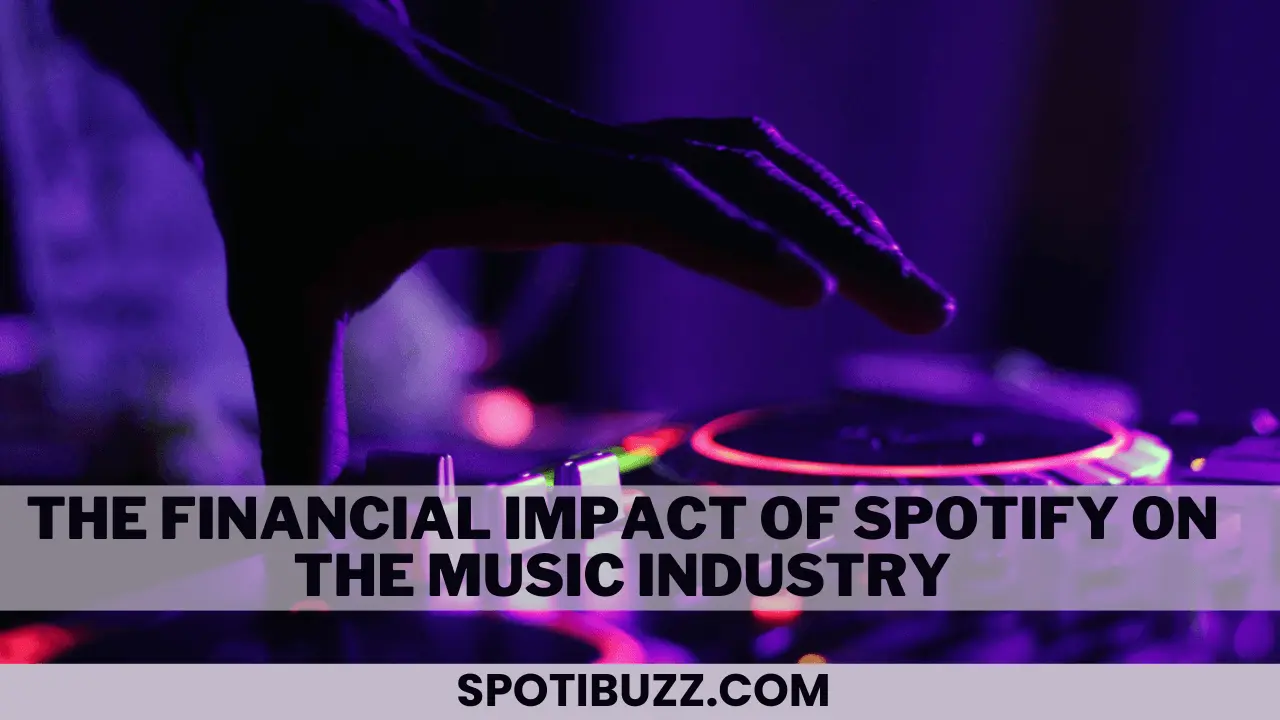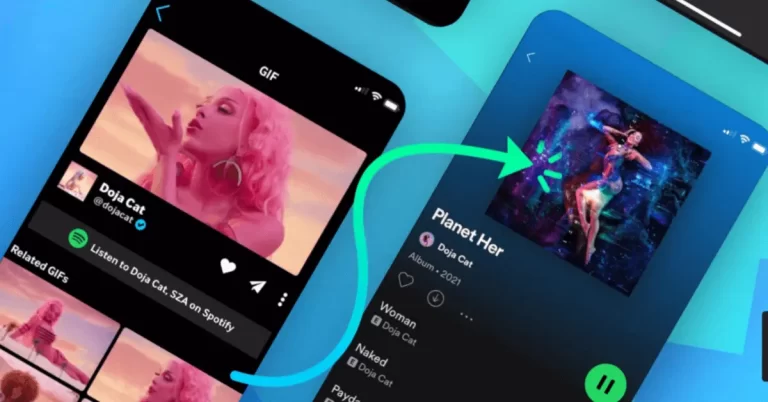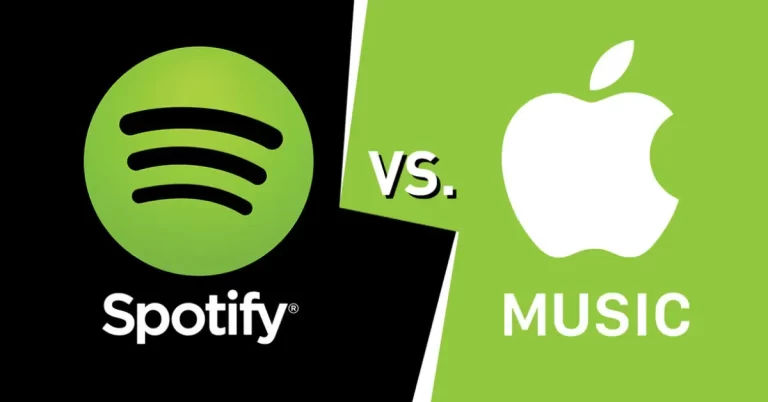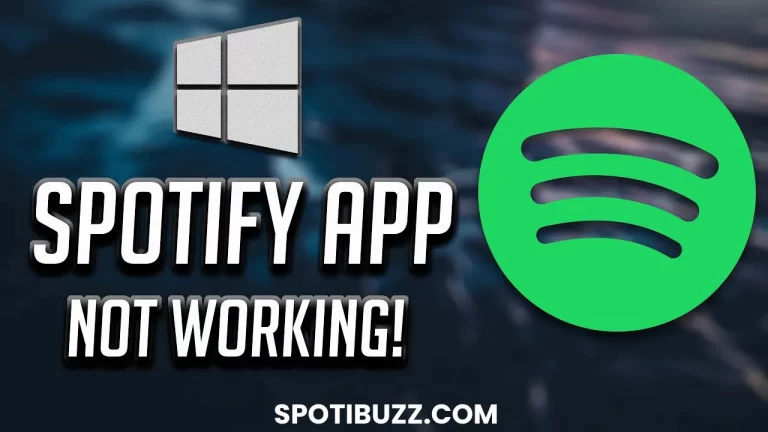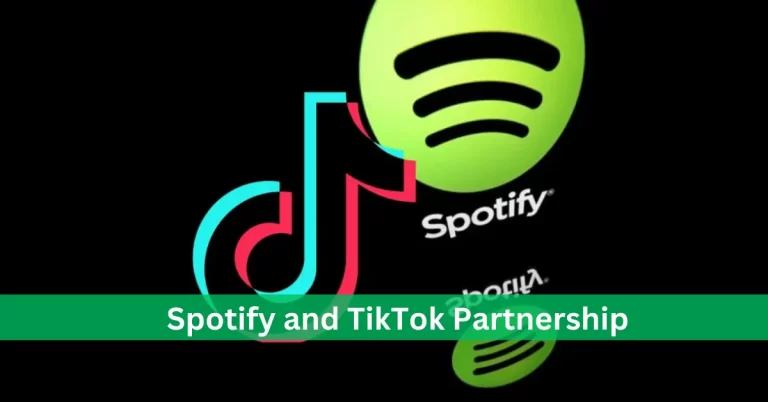The Financial Impact Of Spotify On the Music Industry
Spotify is a music streaming giant that affects the revenues and opportunities of the music industry. Discover how Spotify pays, generates, and influences music with data and insights.
Spotify is one of the most popular and influential music streaming platforms globally, with over 400 million monthly active users and over 70 million songs in its catalogue. But what is the financial impact of Spotify on the music industry? How does Spotify affect the revenues and opportunities of artists, labels, publishers, and other stakeholders? And how does Spotify shape the consumption and discovery of music by listeners? Let’s explore these questions using data and insights from various sources and perspectives.
Explore how Spotify pays music rights holders, how much money Spotify generates for the music industry, how Spotify compares with other streaming services and revenue streams, and how Spotify influences the musical landscape and culture as well as the challenges and controversies that Spotify faces, such as its royalty system, its market dominance, and its role in fostering diversity and innovation. Let’s explore how the financial impact of Spotify on the music industry.
[su_heading style=”modern-2-orange” size=”14″ margin=”30″]
How Spotify Pays Music Rights Holders?
[/su_heading]
One of the most common questions artists and fans have about Spotify is how it pays music rights holders, such as artists, labels, publishers, and other stakeholders.
[su_highlight]Spotify pays streaming royalties to songwriters and other artists through a system known as Streamshare.[/su_highlight]
Streamshare reflects Spotify’s total revenue and varies according to the country and the type of subscription plan a user has.
Spotify calculates royalty distribution by dividing the total number of streams by the percentage of revenue generated by each recording. This is known as the “pro-rata” model.
For example, if a song is streamed 100 times a month and generates 1% of Spotify’s total revenue, the song will receive 1% of the royalty pool.
[su_highlight]The Royalty Pool Is The Net Revenue That Spotify Collects From Ads and Subscriptions Minus Taxes, Fees, and Commissions.[/su_highlight]
However, Spotify does not pay artists directly. It pays the rights holder, the entity that owns the music’s rights—usually a record label or a distributor. The rights holder then determines how the Spotify streaming revenue generated by the artist’s catalogue is distributed (to labels, producers, collaborators, managers, distributors, etc.). Spotify does not know the agreements artists sign with their rights holders, so it can’t answer why a rightsholder’s payment comes to a particular amount in a particular month.
[su_heading style=”modern-2-orange” size=”14″ margin=”30″]
How Much Money Does Spotify Generate For The Music Industry?
[/su_heading]
Spotify is a major source of income for music rights holders and the music industry as a whole. Spotify generates revenue from ads and subscriptions and distributes a large portion to the music industry. Spotify’s revenue and impact vary across different music industry regions and segments. According to Loud & Clear, in 2020:
- Europe was the largest market for Spotify, accounting for 40% of its revenue and 36% of its streams.
- North America was the second largest market for Spotify, accounting for 30% of its revenue and 29% of its streams.
- Latin America was the third largest market for Spotify, accounting for 21% of its revenue and 22% of its streams.
- Asia-Pacific was the fourth largest market for Spotify, accounting for 9% of its revenue and 13% of its streams.
[su_heading style=”modern-2-orange” size=”14″ margin=”30″]
In Terms Of Segments, Loud & Clear Shows That In 2020
[/su_heading]
- Major labels received 69% of Spotify’s payments to rights holders, followed by independent labels (20%), independent artists (5%), and publishers (6%).
- Independent artists were the fastest-growing segment on Spotify, increasing their share of streams by 43% year-on-year.
- Independent labels were the second fastest-growing segment on Spotify, increasing their share of streams by 27% year-on-year.
[su_heading style=”modern-2-orange” size=”14″ margin=”30″]
How Spotify Influences The Musical Landscape and Culture?
[/su_heading]
Spotify is a platform for streaming music and a powerful force that shapes the musical landscape and culture. Spotify affects how listeners consume and discover music and how artists create and distribute music. Spotify also fosters diversity and innovation in the musical scene and culture.
- Spotify offers users a personalized and convenient way to access a large and diverse catalogue of music and podcasts. Users can listen to music based on their mood, activity, genre, or preference or explore new music through Spotify’s algorithms, playlists, podcasts, and social features.
- Spotify’s algorithms use various data sources, such as user behaviour, listening history, location, time of day, and device type, to generate user recommendations. These recommendations can be found in Discover Weekly, Release Radar, Daily Mix, and Radio features.
- Spotify also uses human curators to create playlists for different genres, moods, occasions, and markets. These playlists can be found in Browse, Charts, New Music Friday, and RapCaviar features.
- Spotify also offers podcasts that cover various topics, such as music, culture, news, comedy, and sports. Some of these podcasts are exclusive to Spotify, such as The Joe Rogan Experience, The Michelle Obama Podcast, and Renegades: Born in the USA.
[su_heading style=”modern-2-orange” size=”14″ margin=”30″]
How Spotify Affects The Creation and Distribution Of Music By Artists
[/su_heading]
Spotify provides artists a global platform to reach millions of listeners and fans.
- Artists can upload their music to Spotify through distributors or aggregators or directly through Spotify for Artists.
- Artists can also use Spotify for Artists to access various tools and resources to manage their presence on Spotify, such as analytics, profile editing, playlist pitching, marketing campaigns, merchandise integration, and Canvas.
- Artists can also monetize their music on Spotify through streaming royalties, which are paid to rights holders based on the number of streams their songs generate.
Spotify provides artists with some benefits and challenges for creating and distributing music. For example:
- Spotify enables artists to reach a wider audience and discover new fans through its algorithms, playlists, podcasts, and social features.
- Through its tools and resources, Spotify empowers artists with more control and flexibility over their music and career.
- Spotify supports artists in diversifying their income streams through its merchandise integration, podcasting opportunities, SoundBetter platform, and Loud & Clear resources.
- Spotify pays low royalty rates to artists compared to other streaming services or revenue streams.
- Spotify has a dominant position in the streaming market, which may limit competition and choice for artists.
- Spotify influences listeners’ musical tastes and behaviours, which may affect the artistic autonomy and diversity of artists.
[su_heading style=”modern-2-orange” size=”14″ margin=”30″]
Frequently Asked Questions
[/su_heading]
[su_heading style=”modern-2-orange” size=”14″ margin=”30″]
Final Analysis On Financial Impact Of Spotify
[/su_heading]
Spotify is a powerful and influential platform, and the financial impact of Spotify on the music industry is increasing day by day. Spotify has brought some benefits and challenges for artists, listeners, and industry professionals, as well as opportunities and threats for innovation and diversity in the musical scene and culture. The music industry is a complex and dynamic system constantly evolving and adapting to new technologies, markets, and trends. Spotify is a key player in this system, but there are others. Many other factors and forces shape the music industry, such as laws, policies, contracts, agreements, organizations, networks, communities, cultures, etc.

